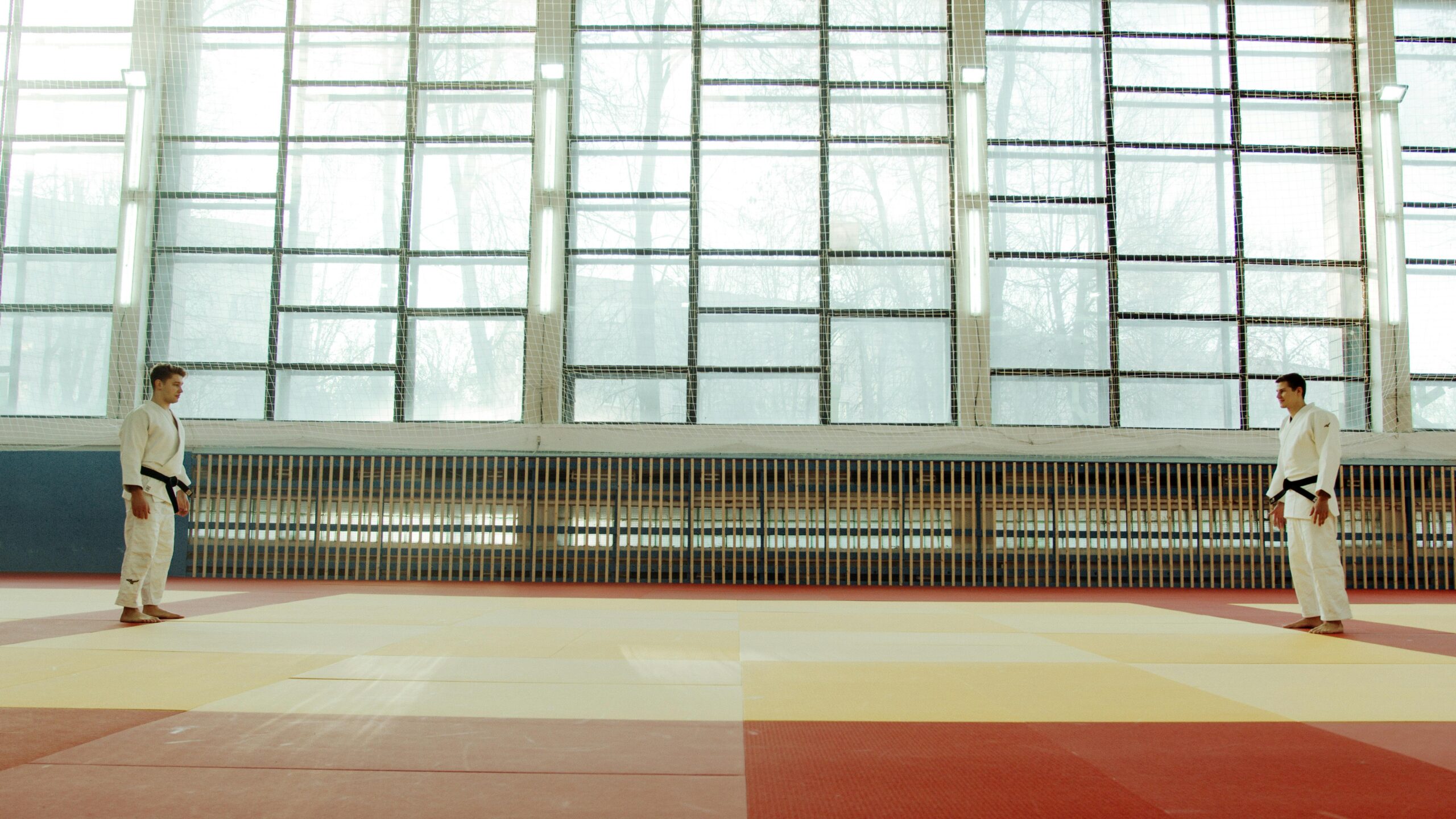Introduction to Goryori Ken
The rich tapestry of martial arts across the world encompasses countless styles, each with its own history, technique, and philosophy. Among these, Goryori Ken stands out as a unique and fascinating discipline that blends traditional combat skills with modern principles. Originating from an ancient lineage, Goryori Ken has evolved over centuries, absorbing influences from various martial traditions while maintaining its core essence. This article delves deep into the origins, technical aspects, philosophical underpinnings, and contemporary relevance of Goryori Ken, shedding light on why it continues to captivate practitioners and enthusiasts alike. From its foundational principles to practical applications, we will explore how Goryori Ken offers more than just physical prowess—it is a path to mental clarity and self-mastery.
The Historical Roots of Goryori Ken
Understanding Goryori Ken requires a journey into its historical beginnings. Rooted in ancient warrior cultures, the art emerged as a method of survival and discipline for elite fighters. Unlike many martial arts tied directly to a single region or dynasty, Goryori Ken synthesized techniques from various schools, emphasizing adaptability and fluidity in combat. Early manuscripts reveal that its founders sought to create a system that balanced offensive and defensive maneuvers, focusing on precision strikes and controlled movements. Over time, this martial art was passed down through selective lineages, preserving secret techniques and philosophies that reinforced resilience and strategic thinking. Its history is not just a chronicle of battles but a testament to the disciplined mindset cultivated by its practitioners.
Core Techniques and Training Methodology
At the heart of Goryori Ken lies an intricate system of techniques that combine striking, grappling, and weaponry. Practitioners learn to harness not only physical strength but also timing, distance, and psychological control. Training typically begins with foundational footwork and stance work that builds stability and balance. From there, students progress to fluid strike combinations incorporating punches, kicks, and open-hand techniques designed for maximum efficiency. A distinctive feature is the emphasis on “energy flow” or ki, which practitioners cultivate through breathing control and meditative drills.
Additionally, weapons training forms a crucial component of Goryori Ken, with traditional implements such as the short staff and curved blade introduced at advanced stages. Sparring sessions and simulated combat scenarios help integrate these diverse elements, ensuring that skills can be applied effectively in dynamic situations.
Philosophical Foundations and Mental Discipline
Goryori Ken is not solely a physical discipline; it is deeply intertwined with philosophical teachings that guide the mindset of its practitioners. Central to its philosophy is the concept of harmony—both internal and external. This principle encourages practitioners to align their body and mind while adapting fluidly to opposition and change. The practice also stresses humility, patience, and respect, molding a character that values self-control and awareness over brute force.
Mental discipline in Goryori Ken involves cultivating presence and intuition. Through meditative practices and breath control, students learn to enter a heightened state of awareness known as mushin, or “no mind,” where reactions become instinctive and free from hesitation. This mental clarity is considered as important as physical capability, enabling martial artists to confront challenges calmly and decisively.
Goryori Ken in the Modern World
While rooted in tradition, Goryori Ken has adapted remarkably well to the modern world. Contemporary practitioners include not only martial artists seeking self-defense skills but also individuals focused on personal growth and mental resilience. The integration of Goryori Ken principles into wellness and stress-management programs highlights its versatility beyond combat.
Furthermore, Goryori Ken’s balanced approach—combining physical agility and mindfulness—makes it suited for today’s fast-paced environments, helping practitioners navigate both physical and emotional challenges. It has also found a place in competitive martial arts and performance arts, where its distinct techniques and aesthetic appeal are showcased to diverse audiences.
The Legacy and Future of Goryori Ken
As Goryori Ken continues to evolve, its legacy remains anchored in a commitment to comprehensive martial education. Instructors today endeavor to preserve the art’s purity while encouraging innovation to meet contemporary needs. International collectives and training centers promote cultural exchange, ensuring that new generations appreciate both the historical significance and the practical value of this art.
Looking ahead, the future of Goryori Ken appears bright, buoyed by its holistic approach to self-discipline, physical mastery, and mental fortitude. Its adaptability ensures that it will remain relevant—not only as a martial art but also as a philosophy guiding individuals toward balance, resilience, and self-discovery in an ever-changing world.
Final Thoughts on Goryori Ken
Goryori Ken epitomizes the essence of a martial art that transcends mere physical combat to embrace a way of life. Its rich historical background, meticulous techniques, and profound philosophical insights come together to form an integrated practice that sharpens both body and mind. This dual focus makes it a timeless discipline suited for those seeking more than just fighting skills—those who strive for personal growth and harmony in all aspects of life. By exploring its depths, one gains not only practical expertise but also a framework for resilience and calmness amidst adversity. Goryori Ken invites us to embark on a journey of continuous learning, reminding us that true mastery involves nurturing strength with wisdom.
